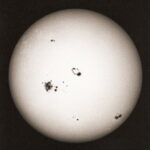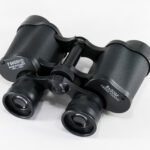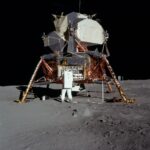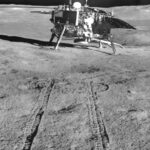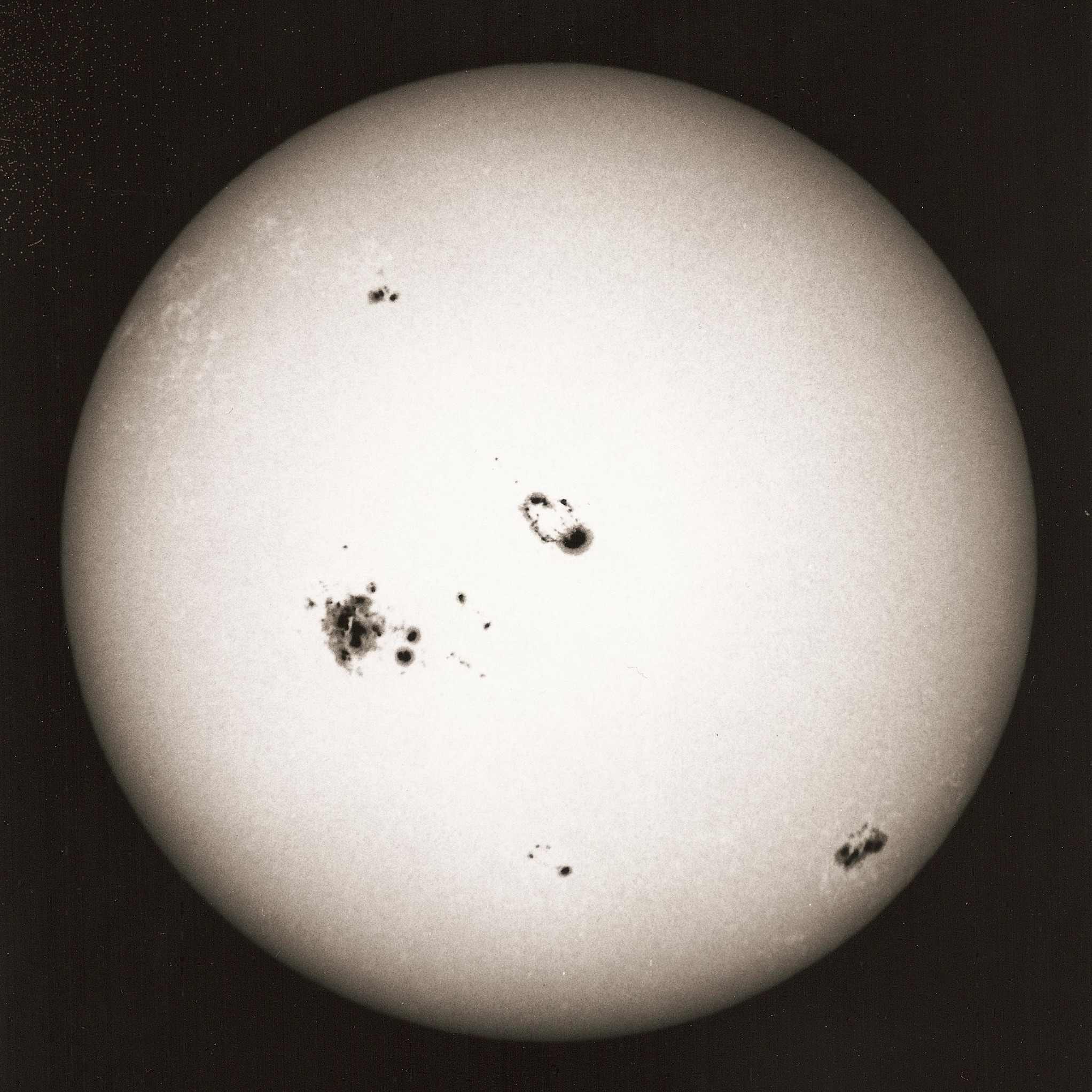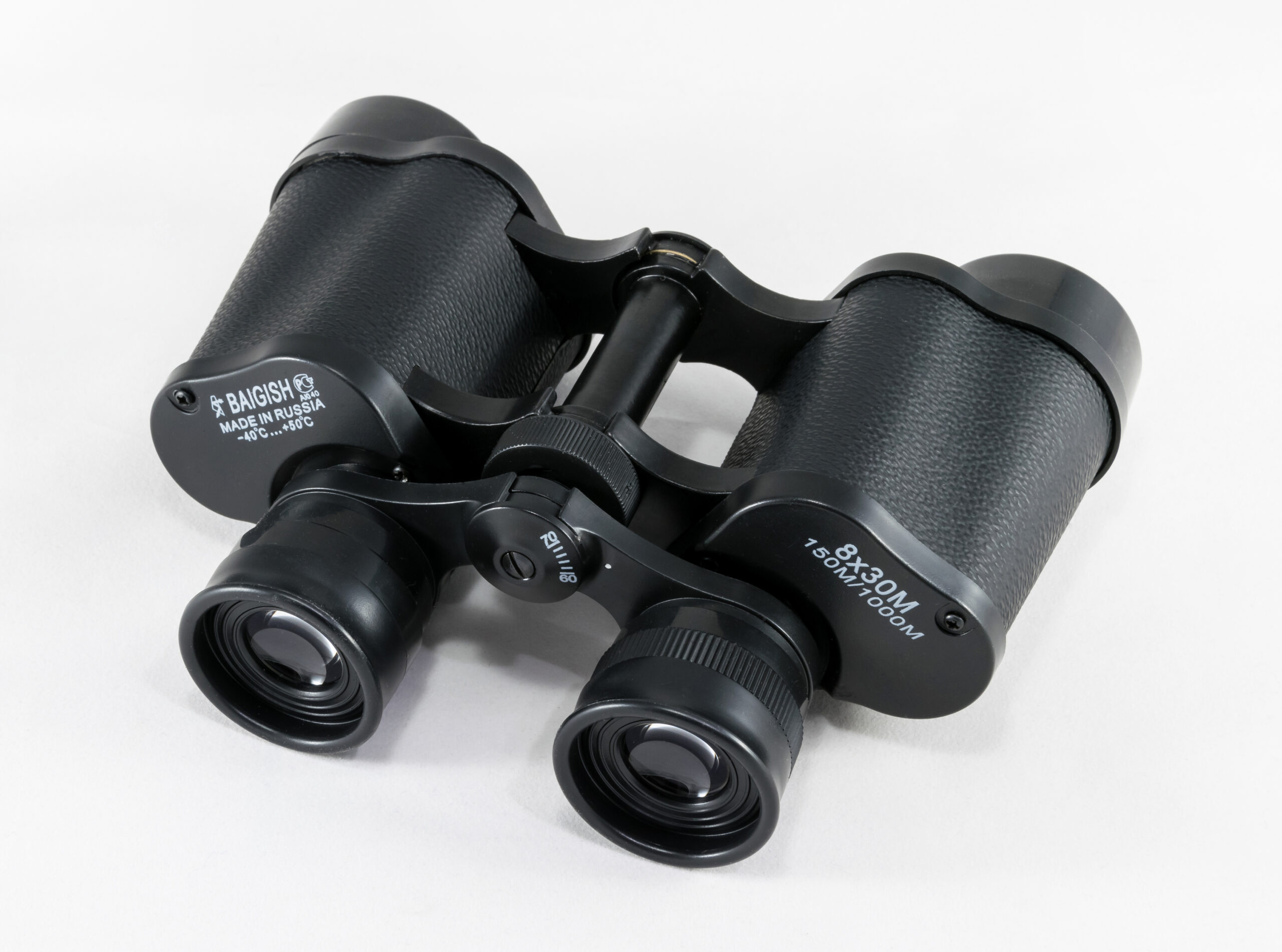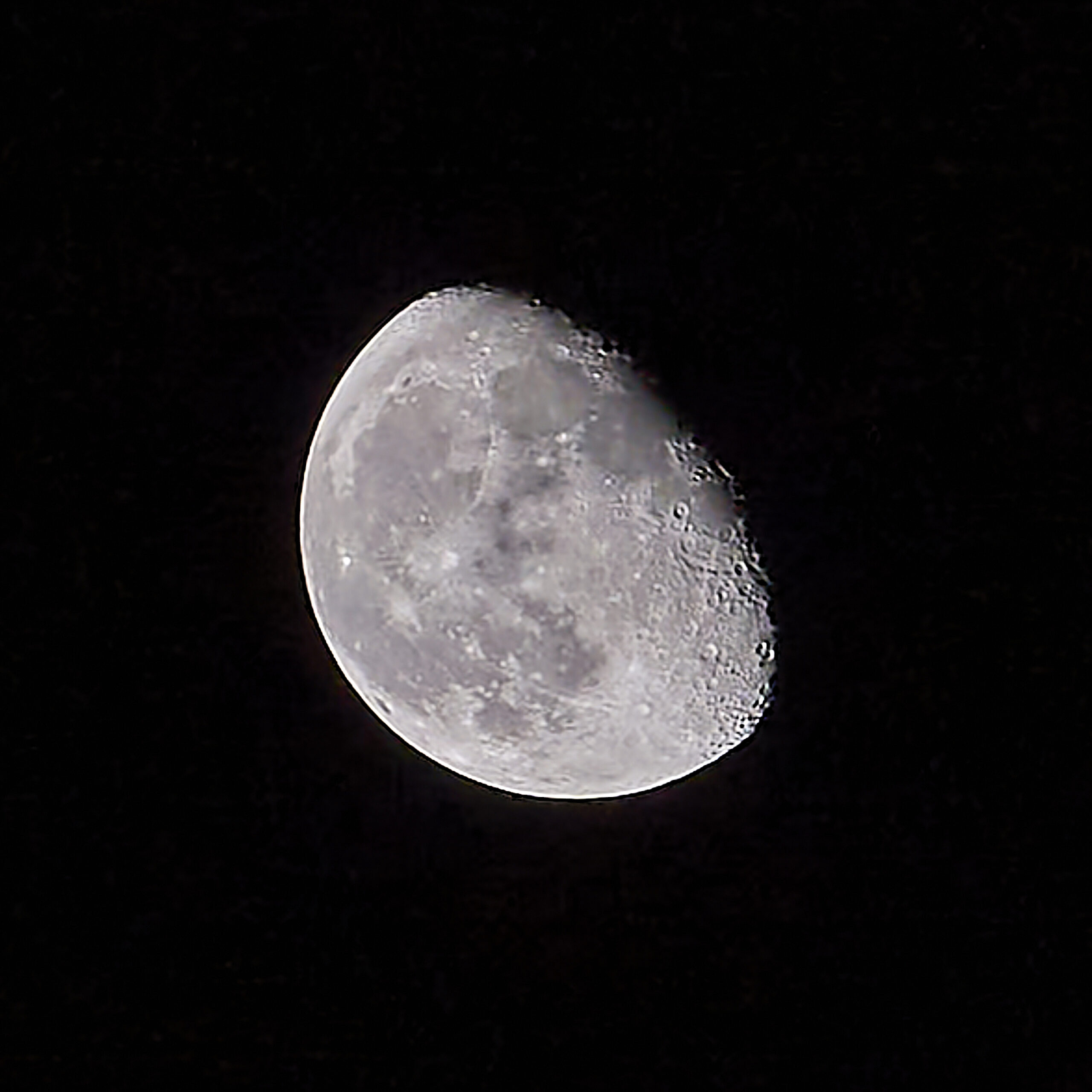Please note: As an Amazon Associate I earn from qualifying purchases.
There are so many cameras out there today choosing one that is the best camera for astrophotography can be very hard for the beginner. But as we shall see simple astrophotography can be done with something that most of us have in our pocket.
Using your mobile phone to take pictures of the stars, planets and the moon.
With today’s smartphones, it’s possible to capture decent photos of the stars, planets, Aurora, meteors, satellites and the International Space Station – if you know the right tricks. The mobile phones of today have cameras that are far more advanced than a lot of cheap cameras on the market today. Those of us who have access to an Android or Apple phone will have a fantastic camera for beginning astrophotography. These cameras can take very good pictures of the moon and planets and are one of the best cameras for astrophotography for the beginner.
Many of you would have taken pictures of places you have visited, like the seaside, a time in the country or a picturesque village. I’m sure you get what I mean. Now taking a photo of the moon say, is no different.
You will need to buy a tripod to avoid shaking whilst taking the photo. You can purchase a small tripod designed for holding a phone. These are small tripods but set up on the roof of a car or on a brick wall or some other sturdy place you can take very good photos.
I will delve further into taking photographs of the night sky at a later date.
What is a good starter camera for astrophotography?
If you want to go further and buy yourself a camera for taking pictures of the night sky, then you will have to do a bit of research before you buy. Ask members of your astronomy society what cameras they use and what for. Some cameras can use interchangeable lenses while some are not.
For those cameras that do not have interchangeable lenses or your budget can not extend to a camera with interchangeable lens all is not lost. These cameras invariably have a 25mm lens, or sometimes slightly smaller. These cameras are what is ‘wide field’ and are very good for photographing the constellations, the moon and planets. Set up on a tripod you can get some amazing photographs of the night sky.
Different types of cameras for Astrophotography.
Cameras with interchangeable lenses, like DLSR’s or, Digital Single Lens Reflex, are the ones used mostly by astronomers, amateur and professional alike. ‘Digital’ means that the camera operates with a fixed digital sensor. ‘Single-lens’ means the camera uses the same lens for framing, focusing and taking the photo. ‘Reflex’ describes how the light travels within the camera.
If you plan to use a DLSR camera then you will definitely need a tripod or mount. DLSR cameras are very sensitive to movement or shaking. To avoid these shakes astronomers use a cable, or hand control, link to the camera and set the timer in the camera. When,the hand control is pressed the timer will count down then release the shutter. By this method shaking of the camera is reduced considerably
There are a lot of cameras around that will fill the above criteria. However, many astronomers use either Canon, Nikon or Sony. All three are leaders in the DLSR camera market. I use a Canon 550D, this

Canon 550D.
camera is a few years old now but it still produces good photos. As you can see, it’s not always the most expensive camera that produces the best pictures. My recommendation would be to settle for a cheap mid range DLSR camera to learn and refine your techniques and experience.
Canon produces a number of dedicated cameras for astrophotography. The latest from Canon is the Canon EOS Ra. It is a specialize version of the Canon EOS R which was designed specifically for astrophotography. I will delve deeper into the types of cameras that are available in a later post
All the cameras described here, apart possibly the Canon EOS Ra, are used by amateur astronomers the world over. Searching online and you should be able to find a camera that will suit you and be in your budget. Amazon sell a good range of cameras for the astronomer.
I will go into more detail of these cameras in a later article
Using a tripod.
It may seem strange to have a separate paragraph on tripods. But having the right tripod can the difference between a good photograph or just a blurry one.
Look for a solid tripod. Look for one that will take the weight of your camera and not buckle. I do not recommend one that has thin legs and no center tray to hold the legs apart. Look for one that has solid legs and a center tray. Also, look at the legs, do they hold and not slip. I would also check that the screw at the top of the tripod either fits your camera or it will be easy to source a fitting to convert the top to your camera.
My recommendation would be to find out what other members of your astronomical society or get help from one of the many astronomy shops that have an online presence.
If you plan to take photos of deep sky objects you will need to take long exposure shots of your target then you will need a mount that has a drive that follows the night sky. Again, you will get lots of information from members of your astronomy society.
Conclusion
So have you chosen your camera and ordered your tripod? If you have after reading the above then I would guess you have been too hurried in your decision. Deciding on what camera to use in astrophotography is not a straight forward one. Again, I say, seek out advice from your astronomy society. There is a wealth of information within these societies. Ask them if you can come out with them when they use their equipment so you can see it working.
Choosing a camera for astrophotography can be a hard decision but if I have give you some pointers in this direction then I know that another astrophotographer will be joining this worldwide family of astrophotographers.
Clear Skies
Dave
